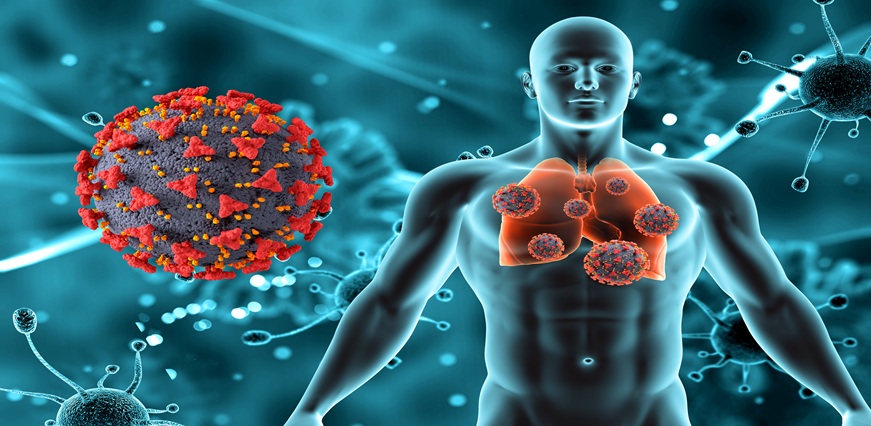Oligohydramnios is a pregnancy complication that refers to a condition in which there is too little amniotic fluid surrounding the baby. This can lead to a number of serious problems, including preterm labor, birth defects, and even stillbirth. There are a number of possible causes of oligohydramnios, but the most common is premature rupture of membranes (PROM). Other causes include intrauterine growth restriction (IUGR), placental problems, multiple pregnancies, and diabetes. Symptoms of oligohydramnios can include decreased fetal movement, decreased amniotic fluid levels on ultrasound, and contractions. If you experience any of these symptoms, it’s important to contact your healthcare provider immediately. Oligohydramnios is diagnosed through ultrasound. Treatment depends on the severity of the condition and may include bed rest, intravenous fluids, or medication to stop contractions. In some cases, delivery may be necessary. If you’re pregnant or planning to become pregnant, it’s important to be aware of the risks and complications that can occur. Oligohydramnios is a potentially serious condition, but it can be treated if caught
What is Oligohydramnios?
Oligohydramnios is a condition that occurs when there is too little amniotic fluid surrounding the baby in the womb. This can lead to serious health problems for the baby, including lung and heart problems. There are several possible causes of oligohydramnios, including:
- Leaking or ruptured amniotic sac
- Poor fetal urine output
- Chronic maternal hypertension
- Preeclampsia/eclampsia
- Placental insufficiency
Symptoms of Oligohydramnios Include:
- Reduced movement of the baby
- Abnormal position of the umbilical cord (under the baby's chin or behind the baby's back)
- Abnormal fetal heart rate patterns
- Decreased amount of amniotic fluid around the baby on ultrasound
What happens when you have Oligohydramnios?
Oligohydramnios is a medical condition where there is too little amniotic fluid surrounding the baby in the womb. There are several causes for this, including:
- The placenta isn't working properly and isn't providing enough nutrients to the baby.
- The mother has an infection or other health condition that is affecting the fetus.
- There is a problem with the baby's kidneys that is causing them to produce less urine.
If oligohydramnios is mild, it may not cause any problems for the baby. However, if it is severe, it can lead to serious complications, such as:
- The baby's lungs may not develop properly, which can lead to respiratory problems after birth.
- The baby may have a hard time moving around in the womb and may be born prematurely.
- The umbilical cord may become compressed, cutting off oxygen and nutrients to the baby.
- If oligohydramnios is detected, your doctor will likely monitor you closely and may recommend one or more of the following treatments:
- Supplemental oxygen therapy to help the baby's lungs develop properly.
- Amniocentesis to remove some of the excess amniotic fluid from around the baby. This can help relieve pressure on the umbilical cord and give thebaby more room to move around. hospitalization for intensive monitoring may also be necessary if oligohydramn
What are the Causes of Oligohydramnios?
There are many potential causes of oligohydramnios, which is defined as a decrease in the amount of amniotic fluid surrounding the fetus. Amniotic fluid is important for fetal development and helps protect the fetus from infection and trauma.
Possible causes of oligohydramnios include:
- Placental insufficiency: The placenta is responsible for exchanging nutrients and waste between the mother and fetus. If it isn't functioning properly, the fetus may not receive enough oxygen and nutrients, which can lead to oligohydramnios.
- Leaking amniotic fluid: If there is a rupture in the amniotic sac (the membrane that holds the amniotic fluid), it can lead to a decrease in fluid levels. This can be caused by trauma, such as from an car accident, or it may occur spontaneously.
- Preeclampsia: This condition, which only occurs during pregnancy, is characterized by high blood pressure and protein in the urine. It can lead to oligohydramnios because it interferes with how the placenta functions.
- Fetal abnormalities: Certain conditions that affect the fetus, such as renal agenesis (a birth defect in which one or both kidneys don't develop properly) or Potter's syndrome (a condition that results in underdeveloped lungs), can cause oligohydramnios. These conditions often result in miscarriage or stillbirth.
What are the Symptoms of Oligohydramnios?
There are several symptoms associated with oligohydramnios, though they may not all be present in every case. These can include:
- A reduction in the quantity of amniotic fluid around the infant
- A smaller than average abdomen
- A lower than average level of amniotic fluid around the umbilical cord
- An unusually small placenta
How to Diagnose Oligohydramnios?
Diagnosis of oligohydramnios can be made during a routine ultrasound. Your healthcare provider will look for a pocket of amniotic fluid that measures 2 centimeters or less. This is called the maximum vertical pocket (MVP) measurement. If the MVP is 2 centimeters or less, it’s considered oligohydramnios. Amniocentesis may also be performed to rule out other possible causes of decreased amniotic fluid, such as infection.
What is the Treatment of Oligohydramnios
The treatment of oligohydramnios depends on the underlying cause. If the cause is unknown or due to pregnancy complications, close monitoring of both mother and baby may be necessary. If oligohydramnios is due to premature rupture of membranes, induction of labor may be recommended. In some cases, medications may be used to help increase amniotic fluid levels.
How to Prevent Oligohydramnios
Oligohydramnios is a condition where there is too little amniotic fluid surrounding the baby in the womb. It can happen at any time during pregnancy but is most common in the third trimester.
There are several things that can cause oligohydramnios, including:
- Leaking or ruptured membranes: If your membranes (the sac that surrounds the baby) leak or rupture, it can lead to a decrease in amniotic fluid. This can happen if you have a vaginal birth before your water breaks on its own, or if you have a procedure called amniocentesis (a needle is used to remove a small amount of fluid from the sac for testing).
- Slow fetal growth: If your baby isn’t growing as quickly as he should be, it can lead to oligohydramnios because there’s less space for the amniotic fluid to expand.
- Pregnancy complications: Certain pregnancy complications can also cause oligohydramnios. These include preeclampsia (high blood pressure), diabetes, and twins or triplets (higher-order multiples).
If you’re diagnosed with oligohydramnios, your doctor will likely want to monitor you and your baby closely. He may do this by doing regular ultrasounds and checking your baby’s heart rate. If oligohydramnios is severe, your doctor may recommend inducing labor or doing a
What are the Most Common Complications of Oligohydramnios?
One of the most common complications of oligohydramnios is premature birth. Oligohydramnios can also cause the baby to have a low birth weight and/or be small for gestational age. Additionally, oligohydramnios can increase the risk for meconium aspiration syndrome, intrauterine growth restriction, and stillbirth. If you are diagnosed with oligohydramnios, it is important to closely monitor your pregnancy and be sure to follow your healthcare provider’s recommendations.













 7982100200
7982100200























 To reach our help desk call 9213188888
To reach our help desk call 9213188888.png)
Comments